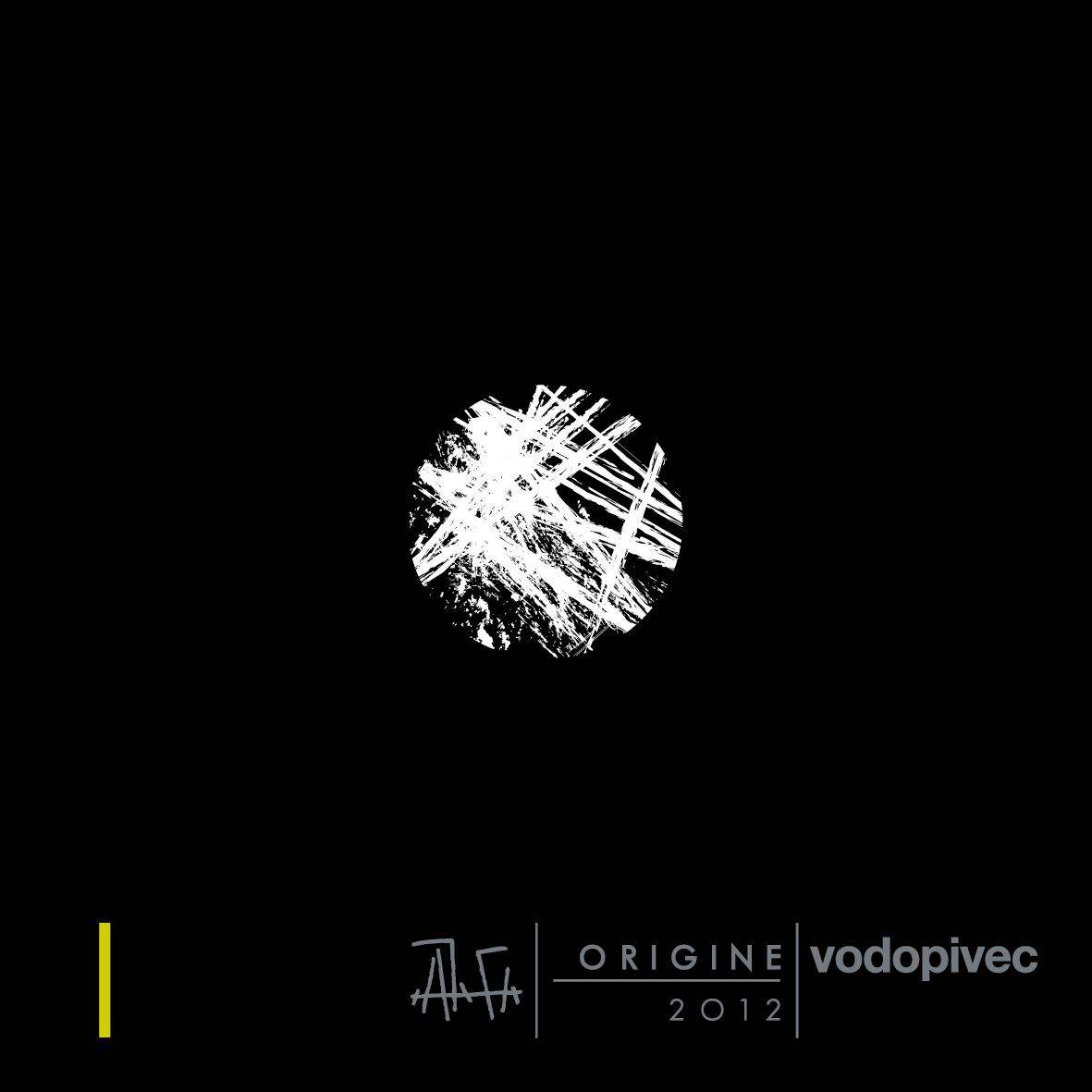
Vodopivec
Wines
Sgonico, Carso
Vitovska, “Origine”, Venezia Giulia Bianco
The one wine in Paolo’s cellar that doesn’t spend time in amphorae, “Origine” is fermented in open-top wooden casks, and spends three years in large Slavonian botti before bottling. What it perhaps lacks in textural je ne sais quoi compared to its terra-cotta-aged brethren it makes up for in a stricter, more vividly limestone-driven mineral character—almost a Chablis-like saltiness and snap. There is an arresting purity here, reminiscent of pure mountain water, and the very long finish recedes slowly and elegantly, framed by a note of dried honey and a persistent whisper of chalk.
Vitovska, Venezia Giulia Bianco
Fermented in amphorae and aged two and a half years in botti, Vodopivec’s Vitovska exemplifies the murmuring, layered beauty of his style. Subtle, deeply stony, and caressing on the palate, it whispers to the taster and invites contemplation as it unfolds slowly and gracefully across the palate. It seems to occupy its own aesthetic space, a pure exploration of cool-toned texture, Rothko-like in its single-minded yet comfortingly enveloping character.
Vitoska, “T”, Venezia Giulia Bianco
An exploration of the full capabilities of the amphora as an aging vessel, Vodopivec’s “T” is pure Vitovska that is both fermented and aged in amphorae—in this case, of slightly smaller size than his other wines. He includes a portion of stems during the fermentation, and aging takes place for two and a half years, on the lees for the entire time. Compared to the Vitovska, “T” has an immediately more intense and expressive nose, yet still with a remarkably reflective and introspective core. Subtle notes of spice, mustard seed, and dried herbs frame the palate, which displays greater concentration, power, and vibrancy than the two wines above.
Vitovska, “Solo”, Venizia Giulia Bianco
Paolo produces “Solo” from what he considers his greatest vineyard, a 1.3-hectare parcel of pure limestone. Aged like the basic Vitovska —fermented in amphorae and aged in large Slavonian botti—its nose is gorgeous and spellbinding, striking in its purity and unadulterated mineral essence, subtler than the “T” yet more intense and layered than the basic Vitovska. It comes across as almost weightless on the palate, an offering of pure texture and pure stone divorced from the burden of viscosity or alcohol. The finish is saline and incredibly long, fading from perception as slowly and as focused as light receding at the rear end of a tunnel.





